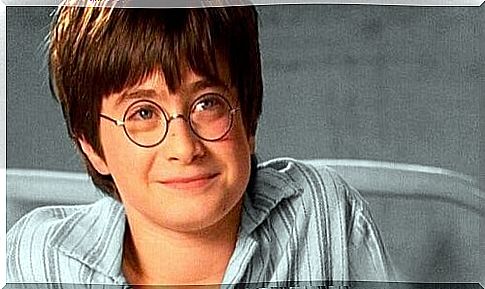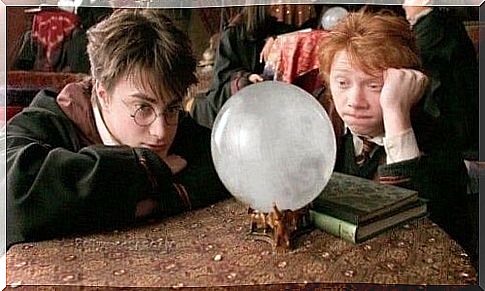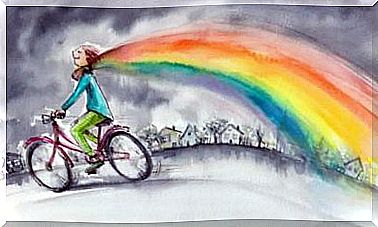Harry Potter Fans: An Extraordinary Phenomenon

Harry Potter is in the same league as The Simpsons in popularity. It has become such a phenomenon that whether we like it or not, or whether we even know too much about it, we can still all identify with it to some degree. The most famous magician in recent decades has left a deep impression on the legions of fans around the world. In this article, we’ll tell you everything you need to know about the world of Harry Potter fans.
It’s been a long time since Harry Potter and the Deathly Hallows premiered. However , the young magician has remained in human memories and has managed to retain an extraordinary faith and productive fans and is far from falling into oblivion or nostalgia.
So how did this phenomenon arise? And how will it develop in the future? In this article, we intend to answer these questions as far as we can.
What are fans?
Basically, we can define a fan as a person who admires or idolizes another person. This other person may be an athlete, a singer or an actor, someone who is well known in the media. However, you can also be a fan of a genre, a series, a movie or, as in the case of Harry Potter, a saga.
The fan effect is also especially common among teenagers, as it is a time when their identity is created. Fans tend to follow and even imitate the object of admiration – a process of identification takes place.
Fans get involved in everything that has to do with their idol. They group together in local communities and share the same ways of communicating or greeting, among other things. In turn, they can produce stories or audiovisual material related to the object of admiration.
The Internet has strongly preferred the creation of space and communication between fans. As a consequence, we can easily find legions of followers who produce, share, debate and investigate.
Businesses and advertising companies know this very well. After all, fans are consumers, and no doubt, when a phenomenon of this kind reaches as high a level as Harry Potter, then the business is for those who seize it!

Harry Potter fans: Characters to identify with
In the previous point, we talked about a process of identification between the fans and the phenomenon they idolize. Furthermore, we noted that this process usually finds its peak in adolescence. So if we apply this idea to Harry Potter fans, we find a pretty interesting fact.
Let us think for a moment about each of the books that make up the saga. What can we see? That each book seems to correspond to a specific school year that Harry was in, and consequently to a certain age.
Harry Potter and the Philosopher’s Stone hit the shelves in the UK in 1997. The marketing strategy decided to target the book to an entire audience of children, those who were children in the late 1990s.
The young magician soon became famous and the books began to be translated and sold all over the world. JK Rowling had just given the children back the joy of reading. She turned an entire generation into readers.
These young readers eagerly awaited the arrival of the next book in the saga. The interesting thing is that the books became darker, more complex and more epic as they continued. Like the fans, Harry continued to grow up.

Harry Potter fans
The films came out every single year. Thus, the producers achieved something extraordinary. These young readers reached adolescence and were part of a solid society with which they could identify.
The film adaptations, in turn, consolidated the fans, and at the same time opened up to a wider audience – young people who had not read the books.
Harry Potter fans could identify with the characters who were the same age and who had the same worries in life. The only difference, of course, was the kind of world they lived in. The characters presented in Rowling’s work, despite having incredible powers and phenomena, still seemed to resonate with reality.
Rowling introduced us to female characters that girls could identify with enormously, and it promoted the cause of feminism quite significantly.
Perhaps Harry’s case is the most distant from the typical hero; he is very much an imperfect hero. However, he also gave us a new kind of masculinity. He showed that boys and young men could be scared and even cry without being ashamed.

Harry Potter: Active and Productive Fans
Harry Potter fans have been especially active and productive. All of this activity has been helped by endless merchandise products and websites, such as Pottermore , where all the fans are concentrating. In the same way, the author himself answers the followers’ many questions through interviews and his Twitter account.
Of course, such a large society has a number of shared codes. They identify each other as ceramic heads, use terms such as gomp ( muggle ) and identify themselves through symbols or marks such as the relics of death or the dark mark.
The division of “potterheads”, or “potterheads” as they are called in English, of Hogwarts’ houses is quite distinctive, and sites such as Pottermore have encouraged fans to have an “official source” to check which house they belong to, thus creating new ones. communities within the same fan group.
This is very similar to the division of the zodiac signs. That you belong to one or another house has to do with the inhabitants’ personality traits. Those who belong to Griffin will either be brave or hope for bravery. Those who belong to Smygard will stand out for their ambition. This strengthens the sense of belonging, and the sense of identification grows.
In addition to this, the productivity of the “pot heads” does not seem to know any limits. Beyond fanfiction, a common phenomenon in all types of fan groups, we find an exceptionally creative society.
It is a society that, far from just discussing plot theories, has launched its own film: Voldemort: Origins of the Heir . This is an unofficial spin-off that explores the story of the saga’s antagonist, and the fans finance the film themselves.

The future of the “Potterheads”
We commented earlier that we can see this particular world of fans from a generational perspective. Thus, perhaps we should start thinking about the future. Could it be a problem to attract new followers?
Unlike fans who gradually grew up with the magician, every youth these days has the entire franchise at their disposal. They can easily get hold of all the books, movies and information, and in a way the magic is destroyed. That young people grew up at the same time as the main characters, who were desperately waiting for the next installment, fed the whole phenomenon.
It may still be too early to assess the possible development, but we can see how some steps have already been taken to look for new niches or future fans. We can find an example of this in the creation of Fable Animals and where to find the saga.
Why make a new saga?
Why make a new saga, then? Because in addition to the already consolidated fans who are now adults, this opens the doors to a new audience. In fact, Fabulous Animals and Where to Find Them has been quite successful among younger generations who had not even read the Harry Potter books.
Over time, we’ve had theme parks inspired by the Harry Potter world and real surroundings like King’s Cross Station. These have been used to provide fans with entertainment beyond movies and books, an experience that brings them closer to living in the world that JK Rowling dreamed of.
We do not know what the future will hold, but everything seems to indicate that this fan is more alive than ever. In the meantime, we will continue to dream and wait anxiously for our acceptance letter to Hogwarts.









